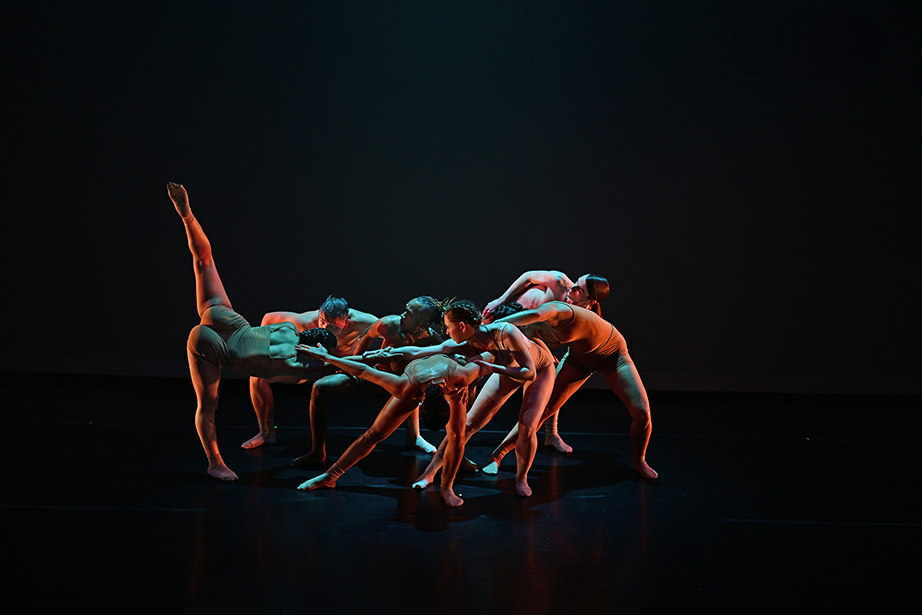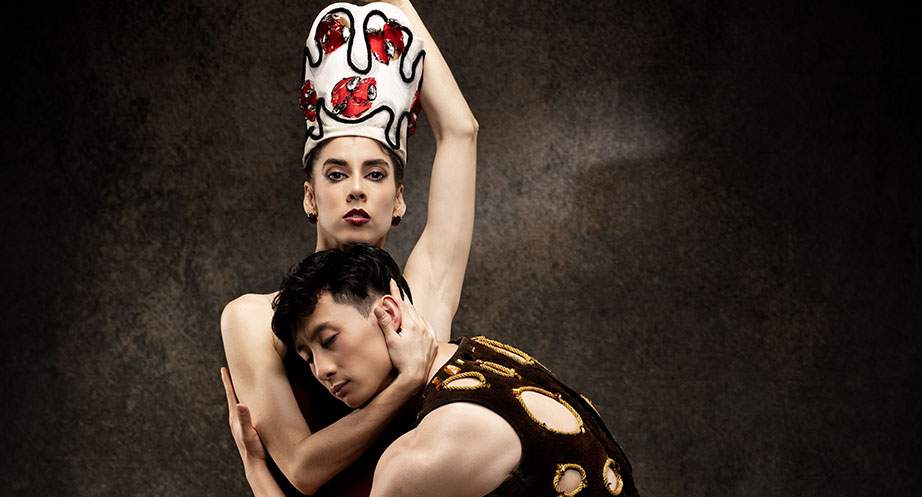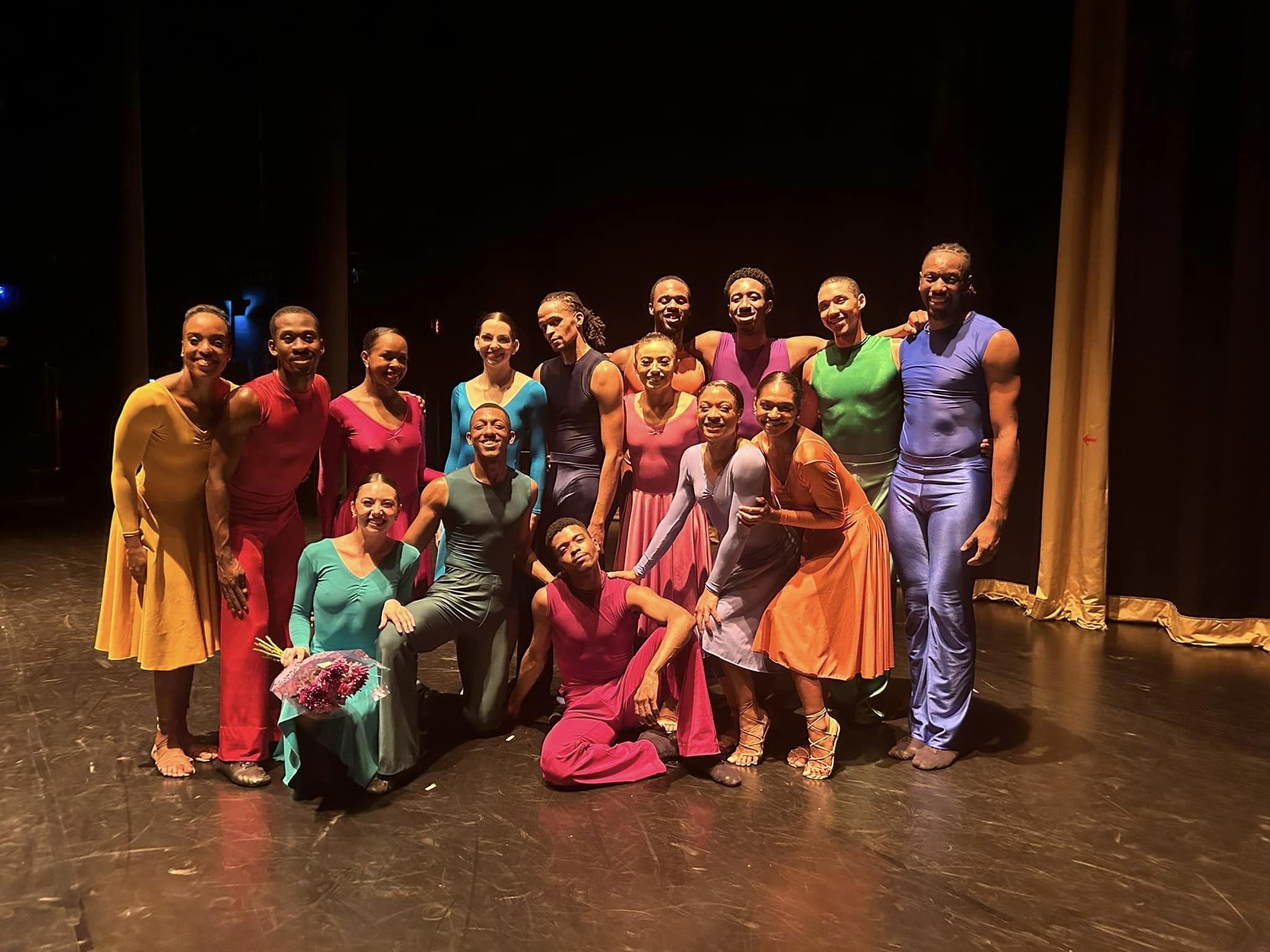By Lewis Whittington for The Dance Journal
At Live Arts Festival offices earlier this week, festival director Nick Stuccio didn’t hesitate to weigh in about what fast became a centerpiece of this year’s LAF-PF programming The Philly edition of choreographer Sylvain Emard’s line-dance extravaganza ‘Le Grand Continental.’
Stuccio first became aware of this populous event two years ago and admitted to misjudging its appeal. “I go to every year the Festival TransAmériques, which has a lot of experimental work and I was little skeptical of this show. That the public would be the performers and it would come together. Well, 30 seconds into it… I got it.” Stuccio said.
He knew instantly that it was something that Philadelphia, with its great social dance tradition, had to be a part of. “I’ve been presenting and seeing a lot of dance for many years and you can forget what the essence of dance expression is-, the beauty, the passion and how deeply human it is, when you are always inside the industry. You see some unexpected person just dancing. You see that simple joy of movement, the effect of seeing that many people dancing in a public space is so powerful. And I loved it and I thought this is a vital way for the public to experience dance,” Stuccio said.
Emard continues to develop what he terms outreach of Le Grande Continental, adapting the project to reflect the music, dance and people of each city.
The choreographer juggles fitting the Continental projects in with the demands of running his professional company Sylvain Emard Danse, based in Montreal. Emard, who danced with several companies, started his own in the 90s has choreographed 25 works. He creates a new piece about every 18 months and hires dancers on a per project basis. Emard just finished Le Grande in New York and after the Philly performance will be in Portland for that city’s version. This winter he will premiere and new piece for six male dancers, which will premiere in France.
In Philly, Emard scouted the location on the Ben Franklin Parkway in front of the Philadelphia Museum of Art in January and his team of local professionals dancers have been working with 160 participants every week for the past eight weeks for the premiere performances the first weekend of the Live Arts festival.
Sylvain (he is now an official friend) bounds into the offices and Nick introduces us. The affable choreographer, looking very dancy himself in a blue paisley t, was so unguarded about what this work means to him.
“By nature, it’s very different from what I usually do,” he said. “ I like to research a lot before I make a piece. I like to work toward pure movement and precision in my choreography. This is very new to me, because I’m very demanding on professional dancers. In fact, Emard had quoted line-dance steps in his choreography over the years. He wanted to investigate the choreographic possibilities within line-dancing.
“I’ve always have been fascinated with line-dancing. I did it as a kid. That’s how I started in dance, so maybe that is the attraction,“ he explained. “Artistically, this was as important to me as anything else. Very selfishly, I wanted to do it with non-dancers. I approached the director of the dance festival in Montreal and she was immediately jumped on it. Just to convince people to do such a project was a lot of work the first year. I would have to go to community centers, gay line dancing groups, explain the project and try to get people to commit to the time involved.”
The first Le Grande had about 65 people, Emard said he initially hadn’t envisioned it on such the large scale, always aware that he might be courting epic dance disaster, but with each city, the project evolved into something larger, more adventurous, choreographically valuable and even more fun. He also created a “dance monster” as he terms it now.
“As a choreographer working with a big group is always something that is very appealing for me, but I don’t often get the chance. It was grand homage to social dance. For many dancers that is what brought us first to formal dance. Afterward, I discovered other things- the contact with the people is so inspiring and refreshing for me. Same for the professional dancers who assist, it’s one pro for every 25 people. For all of those reasons, I came to love this process.”
In Philly, Emard started with around 220 dancers, knowing that he would loose participants over the rehearsal period of two months.
One of the main qualities of the project is that for its scale, Emard allows for great expression for the dancers and he says “stories“ emerge. Emard worked with composer “I get to meet a lot of people of the various dance communities which is so different from a normal tour.”
More than any city, so far the choreographer said he was most impressed by the cultural and ethnic diversity the dancers represented in Philly. One thing that is common with every group so far is the magic of the creative dance process. “Nick was very interested in having an element very specific to Philadelphia and we decided on doing something in the score with Philadelphia soul music and he suggested working with Michael Kiley, who scores a lot of contemporary dance.”
“I spend two weeks in the beginning, one week in the middle and two weeks at the end. We start by splitting the group in two, then I teach the professional dancers, then I come back in the middle and we merge the troupe. We have videos, so the dancers can work at home, but they know they have to really work, it‘s a challenge on every level,” he noted. Within that basic routine, he lets it evolve choreographically.
“This week the dancers are so happy, “ he noted. “they are having fun with the material. They’ve been struggling, and we try to be positive with them and now they are so happy that it is coming together. It is not going to be done to perfection. That what I like. It levels out. You see individuals and you get the force of the ensemble,“ he reiterated, “this brings us back to the reason why, maybe, we chose to dance.”
Le Grande Continental has been so successful everywhere it is staged, that Emard is now constantly fielding requests from cities to bring the dance to their streets.
Mr. Whittington’s arts profiles, features, and stories have appeared in The Advocate, Dance International, Playbill, American Theatre, American Record Guide, The Harvard Gay and Lesbian Review Worldwide, EdgeMedia, and Philadelphia Dance Journal. Mr. Whittington has received two NEA awards for journalistic excellence.
In addition to interviews with choreographers, dancers, and artistic directors from every discipline, he has interviewed such music luminaries from Ned Rorem to Eartha Kitt. He has written extensively on gay culture and politics and is most proud of his interviews with such gay rights pioneers as Frank Kameny and Barbara Gittings.
Mr. Whittington has participated on the poetry series Voice in Philadelphia and has written two (unpublished) books of poetry. He is currently finishing Beloved Infidels, a play about the murder of filmmaker Theo van Gogh. His editorials on GLBTQ activism, marriage equality, gay culture and social issues have appeared in Philadelphia Inquirer, City Paper, and The Advocate.
- Philadanco’s Spring Dances - April 21, 2024
- A Day in the Life of Philly’s Master Choreographer, Dr. Rennie Harris - March 21, 2024
- Errand Into The Maze | The Life and Works of Martha Graham - March 1, 2024






